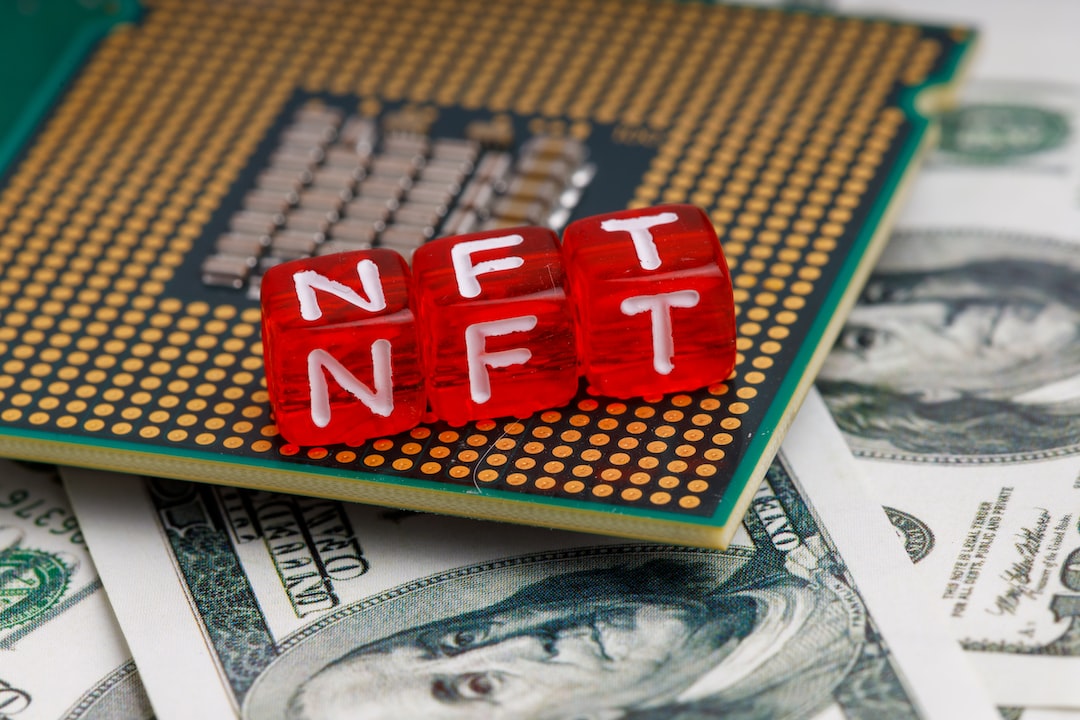How Polygon (MATIC) Coin Leverages Layer 2 Solutions for Enhanced Performance
Cryptocurrencies have revolutionized the financial world, offering decentralized and borderless transactions. However, as the popularity of cryptocurrencies grows, so does the demand for faster and more efficient blockchain networks. One cryptocurrency that has emerged as a promising solution to these challenges is Polygon (MATIC) coin. In this article, we will explore how Polygon leverages layer 2 solutions to enhance its performance and provide an optimal user experience.
What is Polygon (MATIC) Coin?
Polygon, formerly known as Matic Network, is a Layer 2 scaling solution for Ethereum. As the Ethereum network experiences congestion and high transaction fees, Polygon aims to provide a more scalable and cost-effective alternative. It accomplishes this by creating a framework for building and connecting Ethereum-compatible blockchain networks.
The native token of the Polygon network is called MATIC. It is used for various functions within the ecosystem, including securing the network through staking, participating in the governance process, and paying for transaction fees.
Leveraging Layer 2 Solutions
Polygon leverages Layer 2 solutions to improve scalability and enhance the performance of the Ethereum network. Layer 2 solutions are protocols built on top of existing blockchain networks that handle transactions off-chain, reducing the load on the main blockchain. Let’s explore how Polygon achieves this:
1. Plasma Chains: Polygon utilizes Plasma chains, a type of Layer 2 solution, to enhance scalability. These chains are individual sidechains that run in parallel to the Ethereum mainnet. By processing transactions on these sidechains, Polygon offloads the burden from the main network, resulting in faster and cheaper transactions.
2. Polygon PoS Chain: Alongside Plasma chains, Polygon also operates a Proof-of-Stake (PoS) chain. This PoS chain secures the network, validates transactions, and produces new blocks. By utilizing a PoS consensus algorithm, Polygon achieves high scalability and energy efficiency, further enhancing the overall performance.
3. Interoperability: Polygon is designed to be highly interoperable with other blockchain networks. It allows users to seamlessly transfer assets between Ethereum and supported networks, thereby expanding the functionality and connectivity of the ecosystem. This interoperability not only improves performance but also opens up opportunities for developers to build innovative applications and dApps.
The Benefits of Polygon (MATIC) Coin
By leveraging layer 2 solutions, Polygon (MATIC) coin offers several benefits to its users, including:
1. Scalability: With the use of Plasma chains and the PoS chain, Polygon significantly enhances the scalability of the Ethereum network. This means that more transactions can be processed in a shorter amount of time, resulting in improved user experience and reduced transaction fees.
2. Cost-effectiveness: Due to the scalability provided by Polygon, transaction fees are significantly lower compared to the Ethereum mainnet. This makes Polygon a more cost-effective solution for conducting transactions and interacting with decentralized applications.
3. Speed: Polygon’s layer 2 solutions enable faster transaction confirmations, reducing the waiting time for users. This enhanced speed is vital for real-time applications and improves the overall usability of the network.
4. Interoperability: The interoperability feature of Polygon allows users to leverage assets and functionalities from multiple blockchain networks. This opens up a world of possibilities for developers and users alike, enabling them to explore new use cases and build innovative applications on top of the Polygon network.
The Future of Polygon (MATIC) Coin
Polygon has gained significant traction in the crypto community due to its efficient layer 2 solutions and the benefits it offers to users. As more developers and users join the Polygon ecosystem, its network effect will continue to grow, leading to increased adoption and utility of the MATIC coin.
Furthermore, with Ethereum planning to transition to Ethereum 2.0, Polygon is well-positioned to play a crucial role in addressing the scalability challenges currently faced by the Ethereum network. The integration of Polygon’s layer 2 solutions with Ethereum 2.0 could further improve performance and create a seamless user experience.
Frequently Asked Questions (FAQs)
1. What is the purpose of the Polygon (MATIC) coin?
The MATIC coin serves various purposes within the Polygon ecosystem, including securing the network through staking, participating in governance decisions, and paying for transaction fees.
2. How does Polygon (MATIC) coin enhance performance?
Polygon achieves enhanced performance by leveraging layer 2 solutions such as Plasma chains and a Proof-of-Stake chain. These solutions improve scalability, reduce transaction fees, and enable faster transaction confirmations.
3. Is Polygon interoperable with other blockchain networks?
Yes, Polygon is designed to be highly interoperable. It allows users to transfer assets seamlessly between Ethereum and other supported networks, expanding the functionality and connectivity of the ecosystem.
4. What are the benefits of using Polygon (MATIC) coin?
The benefits of using Polygon (MATIC) coin include improved scalability, cost-effectiveness, faster transaction speeds, and enhanced interoperability with other blockchain networks.
In conclusion, Polygon (MATIC) coin leverages layer 2 solutions to enhance the performance of the Ethereum network. By utilizing Plasma chains, a PoS chain, and ensuring interoperability, Polygon provides users with a more scalable, cost-effective, and efficient blockchain experience. As the crypto industry continues to evolve, Polygon remains a promising solution for addressing the scalability challenges faced by Ethereum and maximizing the potential of decentralized finance and applications.





 By
By

 By
By
 By
By

 By
By